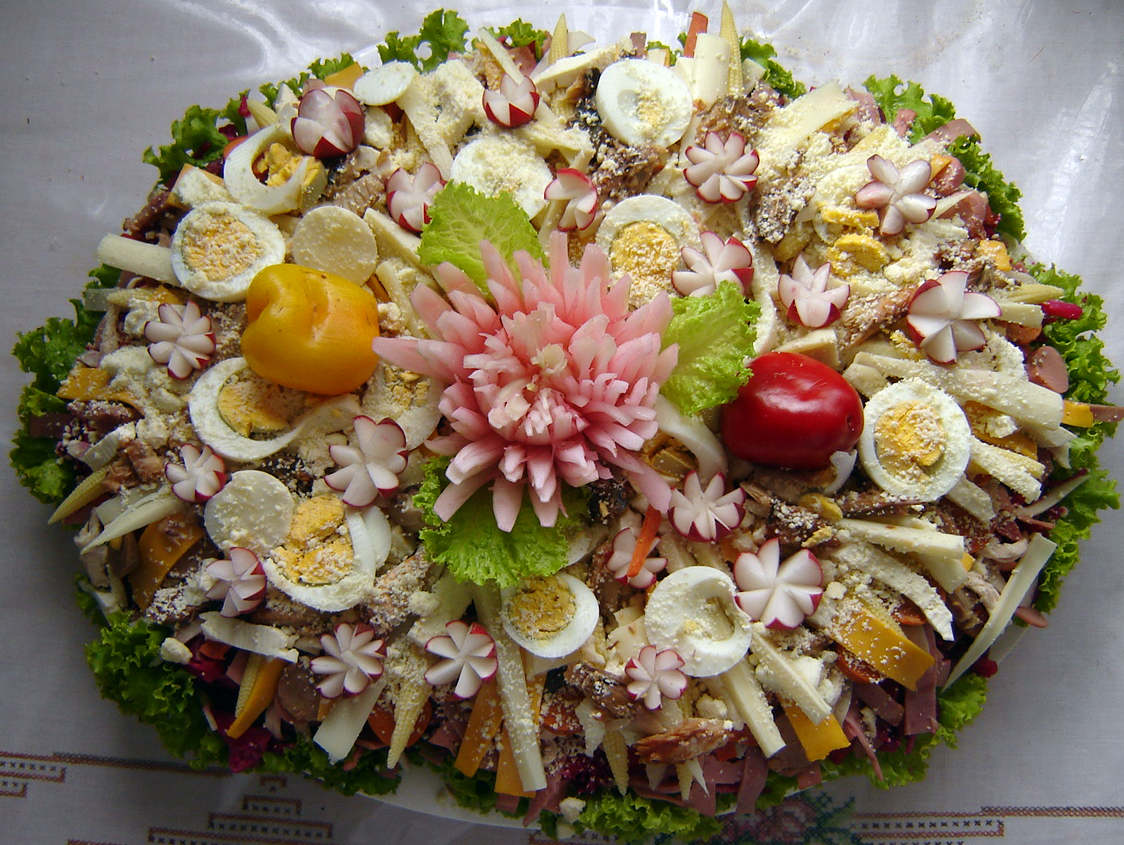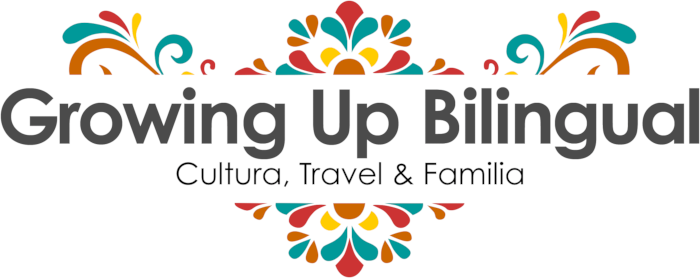The Day of the Dead or Día de los Muertos is celebrated throughout Latin America. In this holiday ancestors and loved ones that have passed away are remembered and honored. It is a celebration of the lives of those who are not with us any longer and views death in a very positive way. It doesn’t matter if you are Latino or not, this is a tradition that you might want to start in your family. I find it especially meaningful now that we live in USA because it is celebrated right after Halloween which is a holiday that views death in a more negative and gruesome way.
Sharing food with ancestors
In many cultures there are foods that are prepared to be shared with the dead on special days or during ceremonies, usually at burial places. This ritual may have different objectives like bringing living families members together, reuniting them with their ancestors and honoring ancestors by sharing favorite foods with them. This ritual is of great significance because it symbolizes the coexistence between the living and the dead. I don’t like cemeteries and the idea of having a pick nick at a loved one’s gravesite is not only strange and uncomfortable but also a little disturbing to me. Even when I lived in Guatemala I never visited the cemetery on El Día de los Muertos, although I can remember my aunt to bringing flowers and cleaning my grandmother’s grave I never went with her. For me el Día de los Muertos was a day to spend time with family and yes, sharing the traditional Guatemalan food fiambre.

Fiambre is a Guatemalan dish that is prepared once a year on November 1st for the Day of the Dead or Dia de los Muertos also called Día de los Difuntos. Traditionally people visit the cemetery bringing flowers, incense and fiambre to their dead. Today the tradition of bringing food to the cemetery is carried out mostly in rural areas and small towns, although many people in the cities still visit the their loved ones who have passed away on this day.
Fiambre can be described as a salad-like concoction that consists of various cold cuts, cheeses and vegetables made into an elegant cold dish. As part of the tradition families get together to prepare the dish every year. Since it is a very complex that may include more than 50 ingredients it takes a long time to make. Fiambre must be prepared at least one day before serving and marinated in sauce blend of vinegar and other ingredients called the caldillo. There are different kids of fiambre and most depend on the way in which the caldillo is prepared, if the caldillo has beets the fiambre will be red if it doesn’t it will be white. No two recipes of fiambre are the same, every family has their own recipe which they believe is the best and these recipes are passed on from generation to generation.
There are different types of fiambre and everyone has their preference.
- Fiambre Rojo (Red Fiambre, with beets)
- Fiambre Blanco (White Fiambre, without beets)
- Fiambre Desarmado or Divorciado (Deconstructed Fiambre, from the department of Jalapa where the ingredients are served separately)
- Fiambre Verde (Green Fiambre, vegetarian and no cold cuts)
There are many popular beliefs regarding the origin of fiambre. One story talks about a household cook who had no time to make a meal and threw many different ingredients together. Others believe that fiambre originated when different foods that families brought to the cemetery to honor their dead where mixed together.
Historically, sharing food with the ancestors at burial places was something that Pre-Columbian cultures already practiced and with the coming of the Spaniards the catholic holidays of Day of Saints and Day of Souls where adopted and these traditions where blended. Spaniards also brought with them their food and recipes and these where blended with the local flavors attempting to recreate memories through food, resulting in new dishes that the population adopted as their own and started building new memories and traditions.
The word fiambre is a Spanish word that means cold cuts. This dish, with its combination of numerous ingredients, is a fusion of the different cultures that make up the identity of Guatemala:
- Pre-Columbian heritage: the use of vegetables and the dressing or caldillo.
- Spanish heritage: the use of different meats and cold cuts.
- Arab heritage: the use of capers, olives and other spices.
Check out more ideas for Day of the Dead celebrations on my Pinterest board below.
Follow Growing Up Bilingual’s board Dia de los Muertos Day of the Dead on Growing Up Bilingual on Pinterest.
OTHER ARTICLES YOU MIGHT BE INTERESTED IN:
See the recipe to make fiambre here.
Leran about Dia de los Muertos Traditions in Latin America vrs Halloween here.
Using Your Mobile Device to Enjoy El Día de los Muertos: Videos, Apps and Digital Books
Dia de los Muertos Skull Box Crafts



Hi. Could you recommend a town or region of Guatemala that would be interesting to visit to observe the Day of the Dead celebrations? Thanks.
Hi dDawn. To see the giant kites on November 1st there are only two places and they get quite crowded so you need to arrive really early. You can see the kite flying festival in Sumpango or in Santiago Sacatepequez.